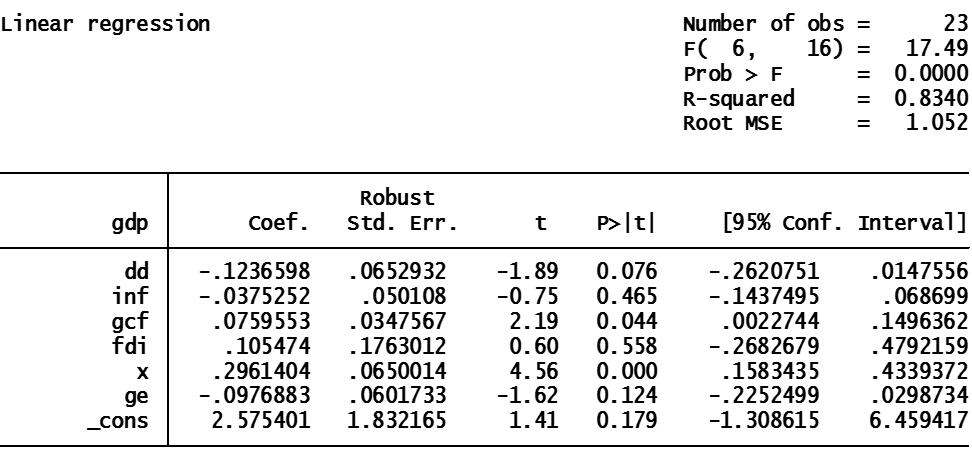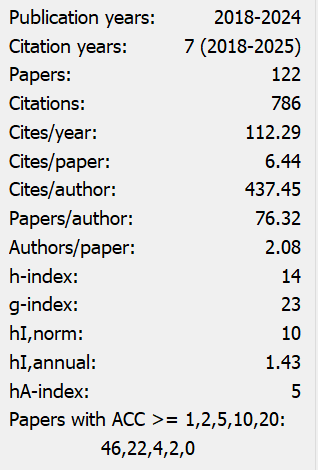Domestic Debt and Economic Growth in Tanzania
An Empirical Analysis
Abstract
The main objective of this paper was to examine the impact of domestic debt on economic growth in Tanzania for the period 1990 to 2015 using Ordinary Least Square (OLS) regression method to estimate the effects. The study finds that there is an inverse but insignificant relationship between domestic debt and the economic growth of Tanzania as measured by GDP annual growth. The inverse relationship between domestic debt and GDP may be caused by different factors such as; increased trend in domestic borrowing, government lenders’ profile dominated by commercial banks and non-bank financial institutions which promotes the “crowding out” effect; the nature of the instruments used by the government ; the improper use of the domestic borrowed funds which may include funding budgetary deficits, paying up principal and matured obligations on debt, developing financial markets as well as fund other government operations.
Other control variables relate with the GDP as predicted. For example, Inflation (INF) has a negative effect on the GDP growth rate, but the relationship is not statistically significant, while gross capital formation (GCF) has a positive statistically significant effect on GDP growth rate. Furthermore, foreign direct investment (FDI) showed a positive effect on the GDP growth rate and export (X) has a positive effect on GDP growth rate, and the relationship is statistically significant explaining that if a country applied an export-led growth economic strategy it enjoys the gains of participating in the world market. This means that an increase in export stimulates demand for goods which leads to increase in output, and as a country’s output increases, the economic performance also takes a similar trend. Finally, government expenditure (GE) had a negative effect on the GDP growth rate which may be explained by the increased government expenditures which are funded by either tax or borrowing.
Therefore, what is required for countries like Tanzania is to have better debt management strategies as well as prudential financial management while maintaining to remain within the internationally acceptable debt level of 45% of GDP and maintain a GDP growth rate of not less than 5%. It is important for the country to realize from where to borrow from, the tenure, the risks involved and limitations to borrowing and thus set the right balance of combination of both kinds of debt. Another requirement is to properly utilize the borrowed funds. The central government’s objective should be to use the funds in more development-oriented projects that bring positive returns to the economic development. The government should not only create a right environment and policies for investment to attract investment from domestic and foreign sources but also be cautious about the kind of investments that the foreign investors make.


This work is licensed under a Creative Commons Attribution 4.0 International License.
Copyright for this article is retained by the author(s), with first publication rights granted to the journal.
This is an open-access article distributed under the terms and conditions of the Creative Commons Attribution license (http://creativecommons.org/licenses/by/4.0/).


























